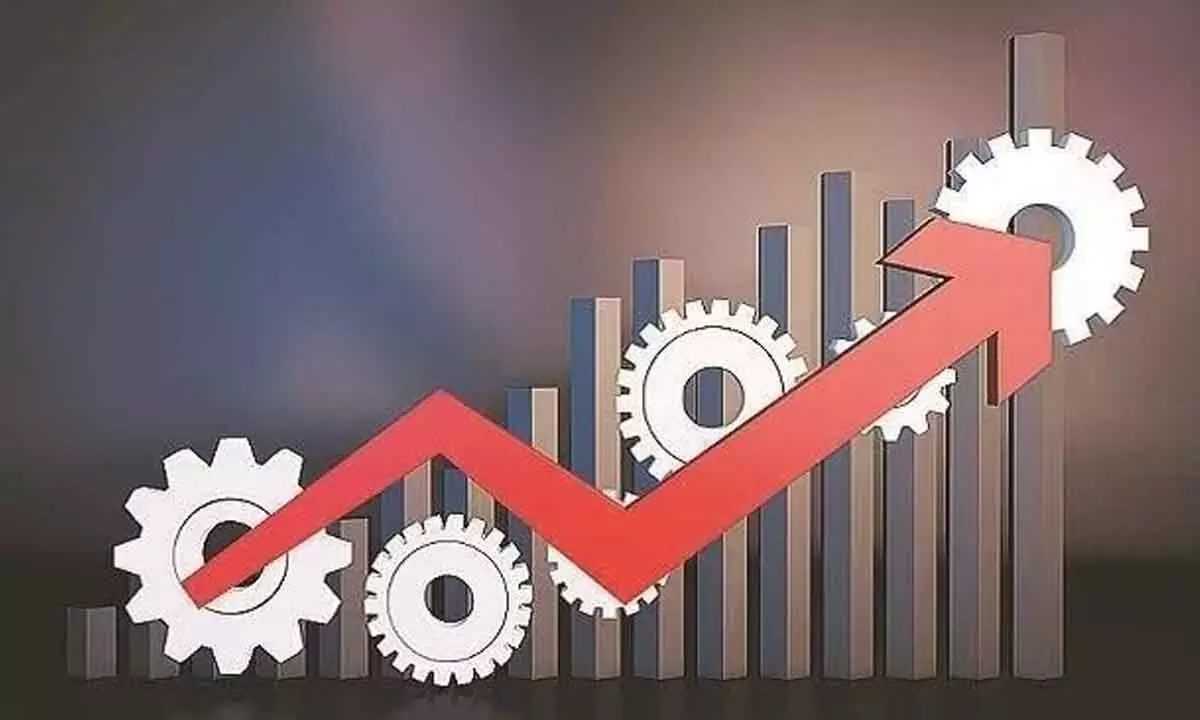CII unveils roadmap for AP to lead India’s $5 trn economy
Releases vision document outlining focus areas for development in the first 100 days of a new govt in the State
image for illustrative purpose

Visakhapatnam: In a proactive initiative, Confederation of Indian Industry (CII) has released a vision document for Andhra Pradesh@100 to the leaders of major political parties to formulate policies and guidelines in the first 100 days of formation of a new government to take the State forward in the path of development.
The document suggests agriculture, aerospace and defence manufacturing, Ease of Doing Business (EoDB), renewable energy and clean technology, healthcare, life sciences and biotechnology, medical equipment manufacturing, infrastructure development and skilled manpower creation as focus areas.
A cluster-based approach was suggested for promoting IT and ITES and employment creation in and around Visakhapatnam, Tirupati and Anantapur. Other priorities recommended are gender equality and women empowerment, global events and tourism promotion, sustainability, reducing dependence on import of crude by changing energy mix and creating an ecosystem for improving innovation landscape.
Senior leaders of TDP, BJP and Jana Sena combine and YSRCP have been approached by the CII team to consider their recommendations to put Andhra Pradesh in the driver’s seat of the nation’s $5 trillion economy in 2024-25. The document stated that Andhra Pradesh is the only State with the second largest coastline with an abundance of land banks (48,352 acre) for industrial development, with ‘Industrial Zoning’ as the key focus area to provide a ‘risk-free’ investment-friendly environment.
It states the first 100 days of the new government would be an opportunity to set the direction and pace of the reform agenda for the country over the next five years. The document captures CII’s recommendations on the suggested reform priorities for the first 100 days of the new government.
The recommendations prioritise higher growth and livelihood and job creation. The document also presents new policy ideas that have the potential to make a big difference to the Indian economy’s competitiveness across sectors by 2028.
The leaders of main parties have been asked to use composite fiscal performance index to measure the quality of government budgets, instead of the single ratio of fiscal deficit to GDP, introduce the concept of regional regulators for the power sector, to make regulators independent from State influence as well as to ensure uniform practices across the region and adopt an integrated value chain approach to promote manufacturing. Start with select high impact sectors–capital goods, textiles and electronics.
The economic agenda moots a fiscal prudence for the State by setting up a body on the lines of the SASAC (State-owned Assets Supervision and Administration Commission) in China, to supervise re-structuring of unproductive State assets. The body could also look at divesting brown field State projects, where project risks have been mitigated and there is private investor interest.
Establishment of State Finance Commission and announcement of a comprehensive State Employment Policy for coordinated efforts across sectors and across issues and promotion of employment intensive mass manufacturing, services sectors and affordable housing are suggested.
CII document stated that Andhra Pradesh Government can reduce the cost of doing business in 2024 by implementing the ease of doing business (EoDB) reforms it initiated in the recent past, such as the Regulatory Compliance Portal, the Production-Linked Incentive Scheme, Law Decriminalization, and Single Window Clearance. These reforms can reduce the time, cost, and complexity of starting and running a business in Andhra Pradesh, attract more investments, stimulate economic growth and development, and improve the quality of life for citizens.
It wanted the setting up of an e-platform for capturing all delays in payments by the government agencies to the private sector and monitor resolution at the highest levels in the government.

